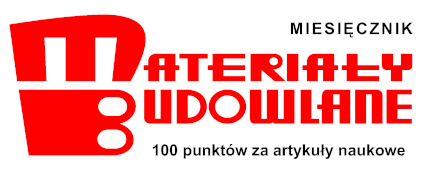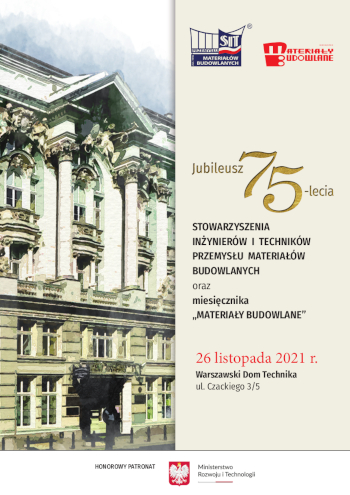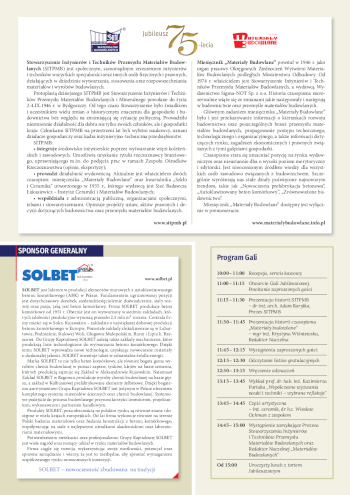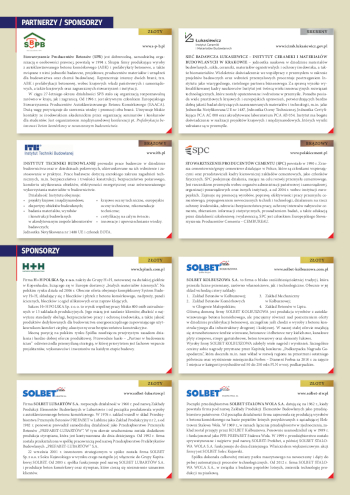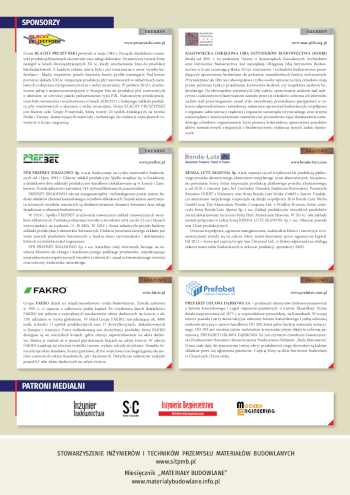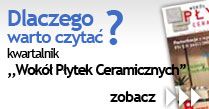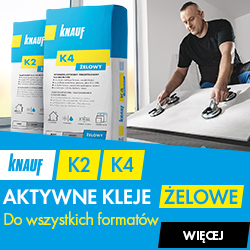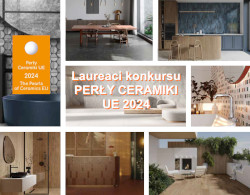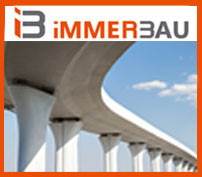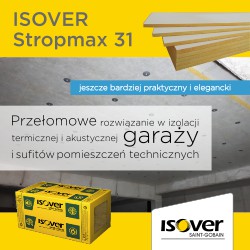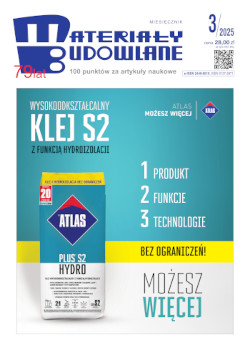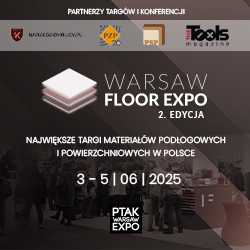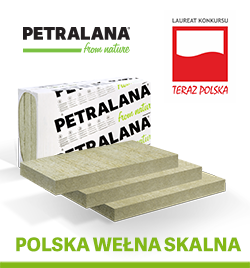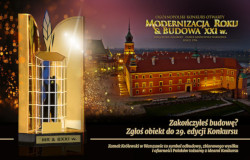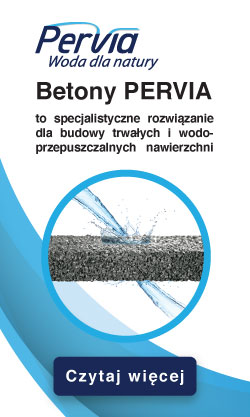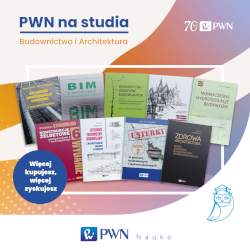mgr inż. Adelajda Pala, Politechnika Wrocławska
Autorka opisuje badania, w których stara się ocenić czy i jak duży błąd można popełnić w ocenie wilgotności masowej miernikami wyskalowane przez producenta lub badacza w warunkach laboratoryjnych (na podstawie badań próbek zawilgoconych wodą pozbawioną soli) w sytuacji, gdy w badanym murze obecne są sole. Badaniu metodą dielektryczną poddano cegły ceramiczne pełne, które w murach ceglanych zajmują ok. 75% objętości, przechowywane w środowiskach azotanowym, chlorkowym i siarczanowym oraz w środowisku wodnym, jako porównawczym, pozbawionym soli.
* * *
Testing moisture content of salt-affected ceramic brick by nondestructive dielectric method
The paper presents tests of the mass moisture content of salt-affected ceramic bricks, stored in respectively a nitrate medium, a chloride medium, a sulphate medium and a reference water medium, carried out using the nondestructive dielectric method. From the test results correlations between mass moisture content Wm and dielectric meter indication X for ceramic brick damp with water and with water solutions containing salts in different ionic concentrations were derived. It is shown that salinity significantly affects the X indications of the dielectric meter used in the tests, which may contribute to a significant (for building practice) error in the estimation of the moisture content in salt-affected brick masonry.
Materiały Budowlane 6/2013, strona 60-62 (spis treści >>)
